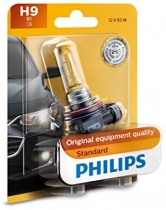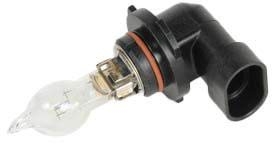-
Welcome to Tacoma World!
You are currently viewing as a guest! To get full-access, you need to register for a FREE account.
As a registered member, you’ll be able to:- Participate in all Tacoma discussion topics
- Communicate privately with other Tacoma owners from around the world
- Post your own photos in our Members Gallery
- Access all special features of the site
3rd Gen HID vs LED vs Halogen H11 projector headlights
Discussion in '3rd Gen. Tacomas (2016-2023)' started by crashnburn80, Jan 25, 2019.
Page 114 of 332
Page 114 of 332


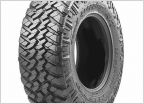 Thoughts on 285/70/16s / cuttin?
Thoughts on 285/70/16s / cuttin?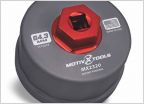 Oil Filter wrench for 2.7L?
Oil Filter wrench for 2.7L?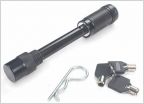 Size
Size Go Rhino Running Boards (?)
Go Rhino Running Boards (?)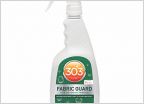 Interior Seat Protection
Interior Seat Protection Bleeding the master cylinder when empty
Bleeding the master cylinder when empty







